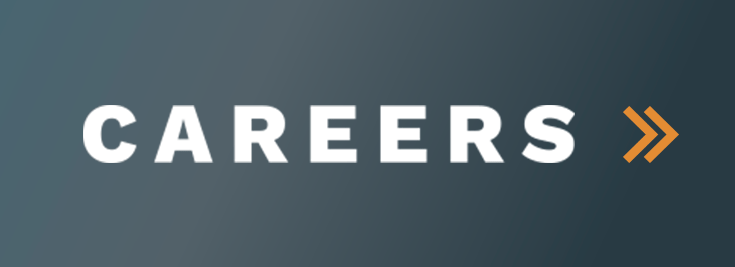[This continues our two-part series on best practices of Allegro implementations. For Part 1 of the blog series which highlights the importance of having a good project team as well as modelling your business by defining key scenarios, click here.]
Stakeholder involvement and input is essential
A project team is only as strong as its foundation. A successful Allegro implementation has a strong and committed group of stakeholders at its base. Successful projects are not executed in a vacuum. These projects have active stakeholders that are involved at many different levels of an implementation. In fact, it’s not only important for the client to be actively involved, but also involved early in the evolution of a project. It could be a key business user reviewing a specification of an enhancement who finds a significant issue with the design before a single line of code is even entered – or time and effort wasted. A business manager listening in on a project update could question the scope of a task that doesn’t seem to be providing high value to the implementation. Keeping the stakeholders involved through the project lifecycle is key and there are plenty of engagement activities available, such as:
- Reviewing design documents
- Participating in enhancement demonstrations
- Participating in retrospectives and capturing lessons learned
- Providing additional information for unclear requirements
- Building test scenarios and test cases
- Performing user acceptance tests
- Approving changes to requirement specifications
- Defining transition requirements for cutover
- Preparing the organization for change
Ensure transparency of project issues and resolutions
While on the topic of stakeholders, clear and transparent communication is another key to a successful project. Depending on the rhythm of your project and meetings, updating your project team and stakeholders at a regular frequency seems like a no-brainer, but surprisingly I’ve walked into projects where that activity doesn’t happen frequently. Your stakeholders want to hear about all the great progress a project is making – and they want to know of any project risks and how to mitigate them as early as they are known. No project plan is perfect and surprises always happen, but a successful project communicates them early and often. More on mitigating surprises in the next best practice.
Short, concise upgrade assessments clear up the unknown
For major Allegro upgrades, an assessment phase provides a solid foundation for planning the project. With Allegro’s open architecture, clients have the ability to create class events to customize the implementation to match their organization’s unique requirements. This is a particularly useful Allegro feature. Clients who implemented Allegro see not only that it is a complete front-to-end trading and risk-management solution, but also one that is easily extendable to meet current and future business needs. Our technical team is composed of former Allegro development managers and senior developers who deeply understand the unique visual model, data model, and architecture of Allegro, and have created tools to facilitate an upgrade, such as Dependency Analyzer. Upgrade assessments are a relatively efficient process, typically taking no longer than 4-6 weeks with limited disruption to the business. The result is insight and artifacts valuable to the planning and execution of the upgrade project itself.
For a deeper dive into one of our more recent, successful Allegro upgrades, check out the latest case study on The Dow Chemical Company’s upgrade.









